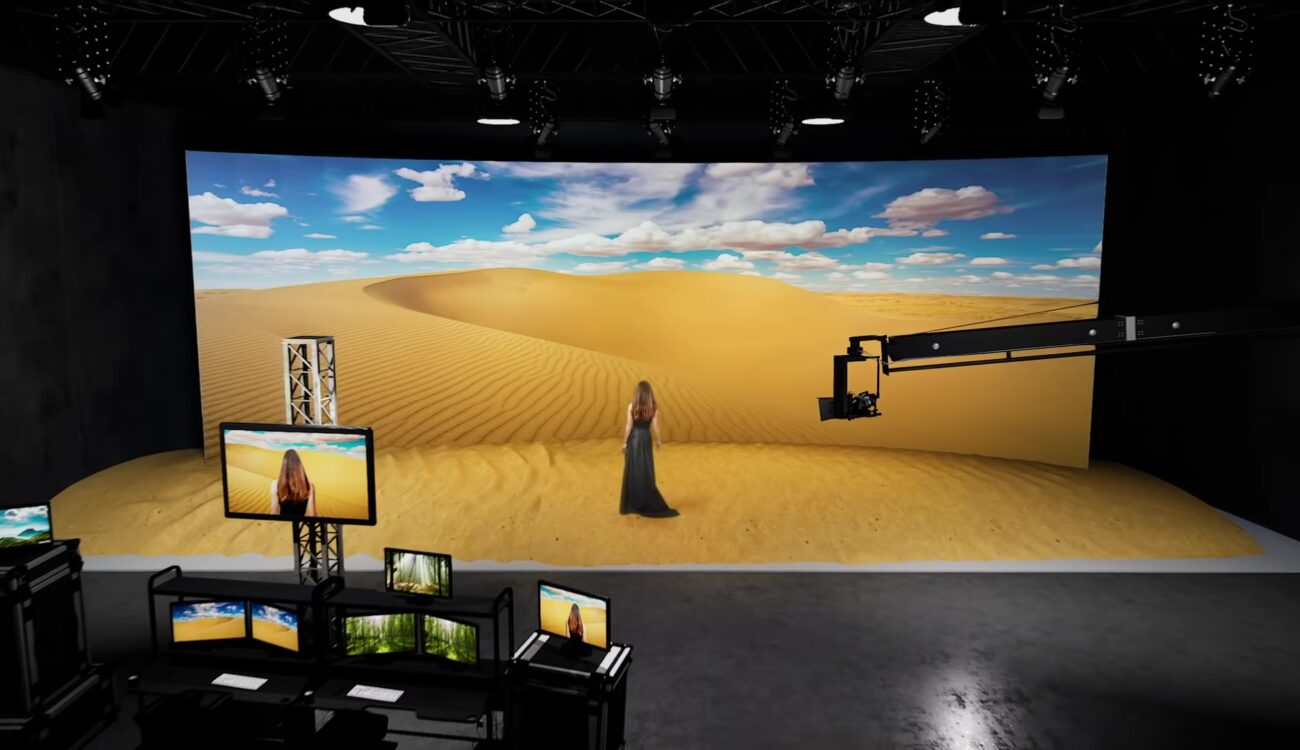Light Emitting Diode display panels have gained traction for their capacity to deliver crisp imagery in various settings, from corporate environments to entertainment venues. One of the most significant aspects of these panels is their interface capabilities, which allow users to connect them to multiple devices and systems. Understanding the broad input options supported for LED wall panels is essential for maximizing their use and effectiveness. This discussion explores these options, highlighting how they can adapt to specific needs and preferences.

One common interface method for Light Emitting Diode wall panels is HDMI. HDMI is broadly known for transmitting high-quality video and audio streams between devices. This connection type is particularly beneficial in commercial settings, such as meeting spaces or training rooms, where presentations or video content are often shared. By using digital connectors, operators can seamlessly link laptops, projectors, and streaming devices to Light Emitting Diode wall panels, ensuring a clear and dynamic presentation of information.
Another popular interface method is DisplayPort, which is comparable to HDMI but offers additional advantages. Display Port can support higher refresh rates and resolutions, making it an excellent choice for interactive media or design-heavy applications. For those deploying LED wall panels in settings where performance is critical, such as competitive gaming venues or creative workspaces, DisplayPort can provide the required visual quality. Additionally, many contemporary computers and graphics cards include DisplayPort connections, making it a practical solution for tech-savvy users.
In addition to HDMI and DisplayPort, wireless connectivity methods are becoming progressively prevalent in Light Emitting Diode wall panel solutions. Wireless connections allow users to transmit content without the requirement for physical cables, enabling a streamlined and more adaptable setup. Platforms such as wireless internet and Bluetooth enable users to connect smartphones, tablets, and laptops directly to Luminescent Diode wall panels without tangled wires. This versatility is particularly beneficial in dynamic environments like exhibitions or events, where quick changes to displays are often needed.
For extensive deployments or more intricate setups, network connectivity through Ethernet is another viable option. Ethernet connections provide a stable and robust way to integrate multiple Light Emitting Diode wall panels within a network. This setup is ideal for electronic display use cases found in shopping malls or airports, where numerous panels may need to display synchronized content across a wide area. By using network cabling and network switches, users can ensure that all connected panels receive consistent updates and content seamlessly.
Lastly, it's important to consider the future of connectivity with technologies such as USB-C and Thunderbolt 3. These newer interfaces offer enhanced data transfer rates and flexibility by allowing one cable to handle both power delivery and data transmission. As more systems incorporate these Continue Reading protocols, Light Emitting Diode wall panels equipped with Type-C ports will likely become more prevalent. This shift in integration this page not only improves the capabilities of Luminescent Diode wall panels but also coincides with the emerging trend of minimalistic design in hardware arrangements by minimizing the number of wires required.
In summary, examining the diverse interface methods accessible for Light Emitting Diode wall panels uncovers many opportunities for operators across multiple industries. From conventional methods like High-Definition Multimedia Interface and DisplayPort to contemporary wireless solutions and network connections, each option serves unique purposes tailored to specific needs. Furthermore, next-gen technologies like Universal Serial Bus-C offer further advancements in how users utilize Luminescent Diode wall panels. By grasping these integration alternatives, individuals can make informed selections that optimize their overall engagement with these versatile display tools.
Comments on “Exploring the Wide-ranging Connectivity Solutions Offered for LED Display Modules”